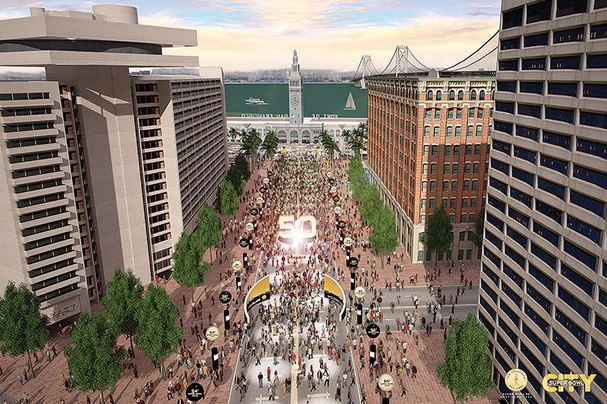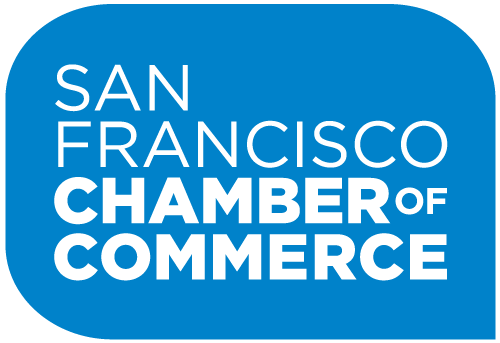This past Sunday, football teams across the nation hit the field in the NFL’s final week of regular season play. The stakes were high as, by the end of the day, it was determined which 12 teams qualified for the playoffs and, ultimately, who may face off in Super Bowl 50 at Levi’s Stadium on Feb. 7.
With the San Francisco Bay Area serving as host to Super Bowl 50 — touted as “the biggest Super Bowl the NFL has ever celebrated” — the stakes for our region are also high. Unlike the football teams that will compete to play in Santa Clara that first Sunday of February, our region’s government, business and community leaders have long been cognizant of the long-term benefits of hosting the nation’s most watched sporting event.

Mayor Ed Lee, whose leadership helped the Bay Area secure the winning bid for Super Bowl 50, said, “Game day and all of the events that lead up to it will bring an enormous economic boost to the entire Bay Area region and leave a lasting legacy.” We agree, and to give context to what our region stands to gain from this extraordinary cultural event, we note the estimated economic impact of the past five Super Bowls has grown from $200 million to $250 million for the Dallas region in 2011, to last year’s Super Bowl, which generated $719 million for the Phoenix region in 2015.
It’s too early to estimate Super Bowl 50’s economic impact for the Bay Area. However, given that trajectory — combined with the San Francisco Bay Area Super Bowl 50 Host Committee promising to “redefine” 2016’s Super Bowl — we’re bullish on its outlook.
While this local economic activity alone would make hosting Super Bowl 50 a huge success, the long-lasting “ripple effects” on our communities from hosting what will be the greenest and most technologically advanced Super Bowl ever offers benefits to our region that truly are exponential.
One of the Host Committee’s goals is to “make the Bay Area’s Super Bowl the most giving one ever” and it has dedicated 25 percent of funds raised to philanthropic legacy projects that help children and families living in poverty in the Bay Area.
To date, grants made by the 50 Fund — the legacy fund of the Host Committee — total $5,270,000, helping 325,190 low-income children, youth and young adults in the region.
To have a lasting impact on regional economic development, the Host Committee launched NFL Business Connect, which provides opportunities for the Bay Area’s diverse businesses to conduct Super Bowl business, as well as to support growth through networking events and educational programs.
Key events taking place in San Francisco in the week preceding Super Bowl Sunday include Super Bowl City presented by Verizon at Justin Herman Plaza, a family-friendly, free way to enjoy the extravaganza; and the NFL Experience Driven by Hyundai at Moscone Center, pro football’s interactive theme park.
The NFL officially “kicks off” Super Bowl 50 with an exclusive Chamber NFL sanctioned event — The Pro Football Hall of Fame Merlin Olsen Super Bowl Luncheon honoring Super Bowl Winning Head Coach and Emmy Award Winning Announcer John Madden. This exclusive Chamber event on Friday, Feb. 5, provides guests with a reception, lunch and VIP access to hear stories from more than 50 Hall of Fame “Gold Jackets,” in addition to spending time with the NFL Legends of the Game from the 49ers and Raiders. For sponsorship and ticket information please visit www.sfchamber-com.sfchamber.com.
Super Bowl 50 is the Big Game’s golden anniversary, being held in the Golden State — the state where it all started with Super Bowl I. With a U.S. audience likely to be the largest in television history — and a global TV audience that will make it among the most watched sporting events ever, the San Francisco Bay Area has a rare opportunity to showcase its special brand of innovation and creativity at a phenomenal magnitude. Let’s make it count.
Bob Linscheid is president and CEO of the San Francisco Chamber of Commerce.
This piece was originally published as an op-ed in the Examiner on Thursday, January 7. View the op-ed here.

